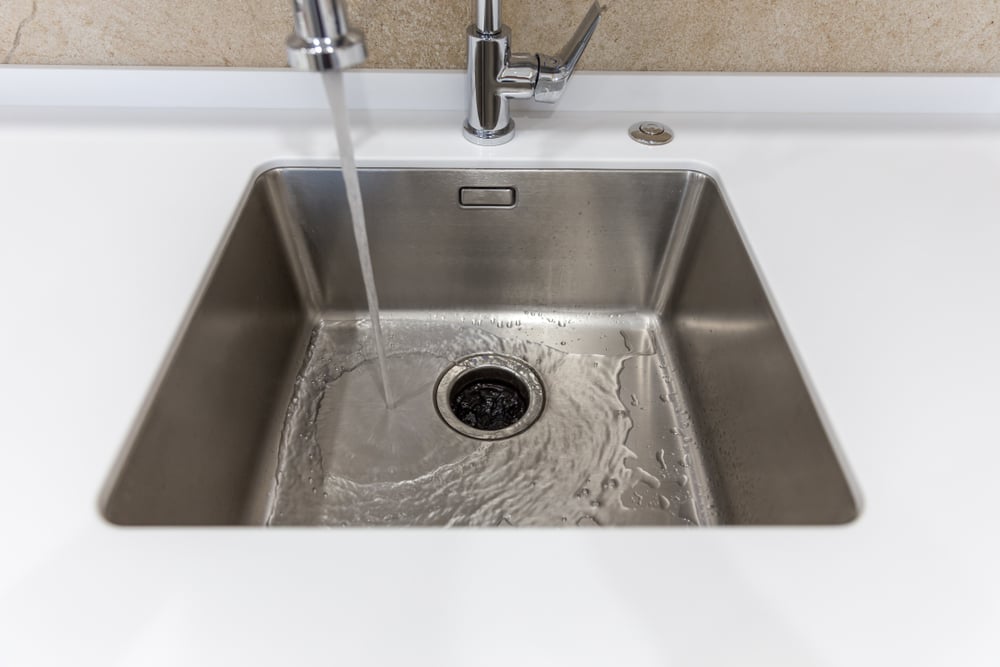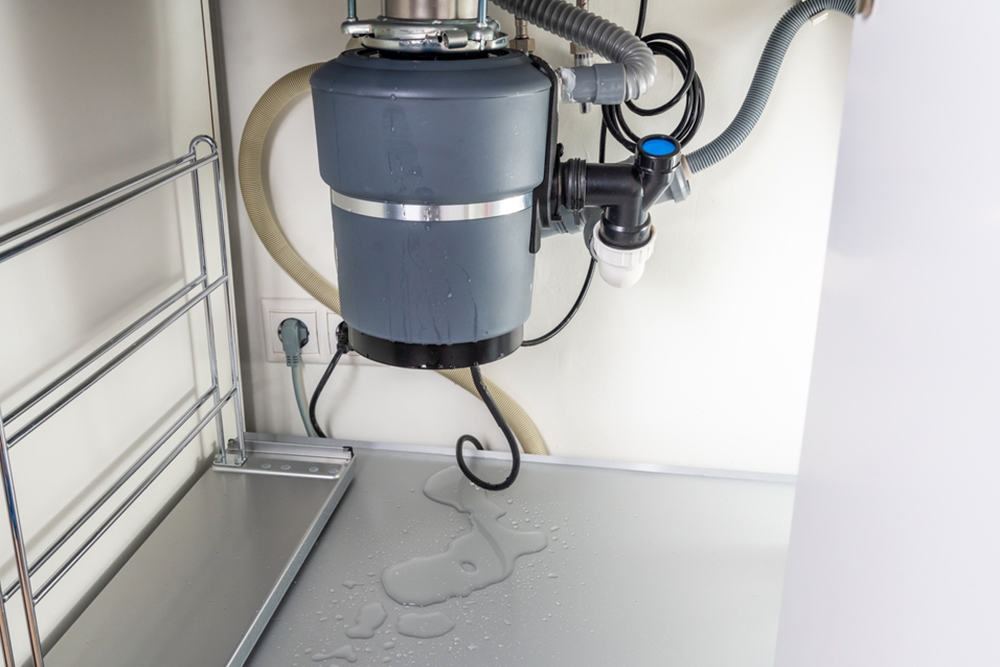Leading Methods for Resolving a Leak in Your Garbage Disposal
Leading Methods for Resolving a Leak in Your Garbage Disposal
Blog Article
They are making a number of good pointers related to How to fix a pretty consistent leak from my garbage disposal as a whole in the article beneath.

Waste disposal unit are crucial kitchen area appliances that help in taking care of food waste efficiently. Nonetheless, a dripping waste disposal unit can be a discouraging and unpleasant trouble to deal with. Thankfully, lots of leakages can be taken care of quickly with a few easy actions. In this article, we will certainly go over exactly how to repair a dripping garbage disposal efficiently.
Intro
Garbage disposals are mounted under cooking area sinks and are made to shred food waste into smaller pieces, allowing it to go through the plumbing system quickly. While these devices are normally reliable, leakages can occur over time due to wear and tear, loosened links, or damages to the unit.
Step-by-Step Overview to Repairing a Dripping Waste Disposal Unit
Shut off the Power
Before attempting any kind of repair work, make certain that the power to the garbage disposal unit is shut off to stop the threat of electrical shock.
Locate the Leak
Identify the precise location of the leak and establish the cause
Tighten Links
Utilize a wrench to tighten up any kind of loose links between the disposal device and the pipes system.
Replace Seals or Gaskets
If the leakage is due to worn seals or gaskets, eliminate the old components and replace them with new ones.
Patching Fractures or Openings
For splits or holes in the disposal unit, use epoxy or an appropriate patching product to seal the broken area.
Identifying the Source of the Leakage
Prior to attempting to take care of a leaking waste disposal unit, it is important to recognize the resource of the leak. This can typically be done with visual evaluation or by carrying out basic tests.
Visual Examination
Evaluate the garbage disposal unit carefully for any signs of water leak. Pay attention to areas around seals, gaskets, and connection points.
Examining for Leakages
One way to check for leaks is by running water via the disposal unit and looking for any kind of noticeable signs of leakage.
Typical Sources Of Leakages in Rubbish Disposals
Worn Seals and Gaskets
Seals and gaskets play an important role in avoiding water from dripping out of the waste disposal unit. Over time, these elements can deteriorate, causing leakages around the disposal device.
Loose Links
The links in between the waste disposal unit and the plumbing system can come to be loosened over time, causing water to leakage out throughout procedure.
Splits or Openings in the Disposal Device
Physical damages to the waste disposal unit, such as splits or openings in the real estate, can additionally lead to leaks.
Tools and Products Needed for Repairing a Leaking Waste Disposal Unit
Before starting the repair work procedure, collect the needed tools and products, consisting of a screwdriver, flexible wrench, plumbing technician's putty, replacement seals or gaskets, and epoxy or patching product for fixing splits or holes.
Examining the Waste Disposal Unit After Fixing
As soon as the repair is complete, evaluate the waste disposal unit by running water via it to make sure that the leakage has been fixed.
Preventive Upkeep Tips to Avoid Future Leakages
To avoid future leakages, it is essential to execute normal upkeep on your waste disposal unit. This includes keeping it clean, preventing placing non-food products or hard things down the disposal, and occasionally looking for leakages or various other issues.
Final thought
To conclude, repairing a leaking waste disposal unit is a reasonably uncomplicated process that can be completed with basic devices and products. By complying with the steps detailed in this article and practicing preventive maintenance, you can keep your garbage disposal in good working problem and stay clear of pricey repairs in the future.
HERE’S HOW TO FIX YOUR GARBAGE DISPOSAL
WHAT TO DO IF SOMETHING IS STUCK IN YOUR GARBAGE DISPOSAL
If the impeller won’t turn, there’s probably something stuck in the disposal. It could be a steak bone or peach pit, although plumbers report pulling all sorts of inappropriate objects out of disposals, such as bottle caps or aluminum foil. Make sure power to the disposal is off, and look inside to see if you can see the source of the jam.
Never stick your fingers in a disposal. Pull out anything you see with tongs or pliers.
If the disposal still won’t work, it may be time to call a plumber or consider buying a new disposal. GEM Plumbing & Heating is here for all of your garbage disposal needs.
WHAT TO DO IF YOUR GARBAGE DISPOSAL DRAIN IS CLOGGED
Take everything out from underneath your sink and put a bucket or other container under your disposal to catch any water that drains out. Disconnect your disposal from the power supply. If it’s plugged into a wall outlet, unplug it. If it’s hardwired into an electrical box, go to the electrical panel and turn off the breaker for the disposal. Pour ¼ cup of baking soda into the drain, followed by ½ cup of white vinegar. Give the solution a few minutes to fizz and do its work. Look into the disposal with a flashlight to see if you can see an object that might be causing the clog. If you see it, remove it using tongs or pliers. MORE TIPS ON DEALING WITH A CLOGGED GARBAGE DISPOSAL
Never use drain cleaner in a garbage disposal. It can damage the plastic parts inside the disposal. You can also be splashed with the caustic liquid while working to clear the clog. Beware! Never stick your fingers into a garbage disposal. Trust us — not a good idea. In many instances, your dishwasher drains through your garbage disposal. This allows the disposal to grind any large food particles that may be drained out of your dishwasher. There are some jurisdictions, however, where the plumbing code prohibits such a connection. WHAT TO DO WHEN YOUR DISHWASHER DRAINS THROUGH THE DISPOSAL
Run some water in the sink so your plunger has at least a ½-inch of water to create a seal and plunge vigorously up and down several times. You may need to repeat this several times. Run hot water down the drain to clear any residue that remains.

Do you enjoy more info about Why Is ? Create a remark below. We would be glad to find out your opinions about this blog posting. We are looking forward to see you back again in the future. Sharing is caring. You just don't know, you will be helping someone out. I am grateful for your time. Visit again soon.
Further Details Report this page